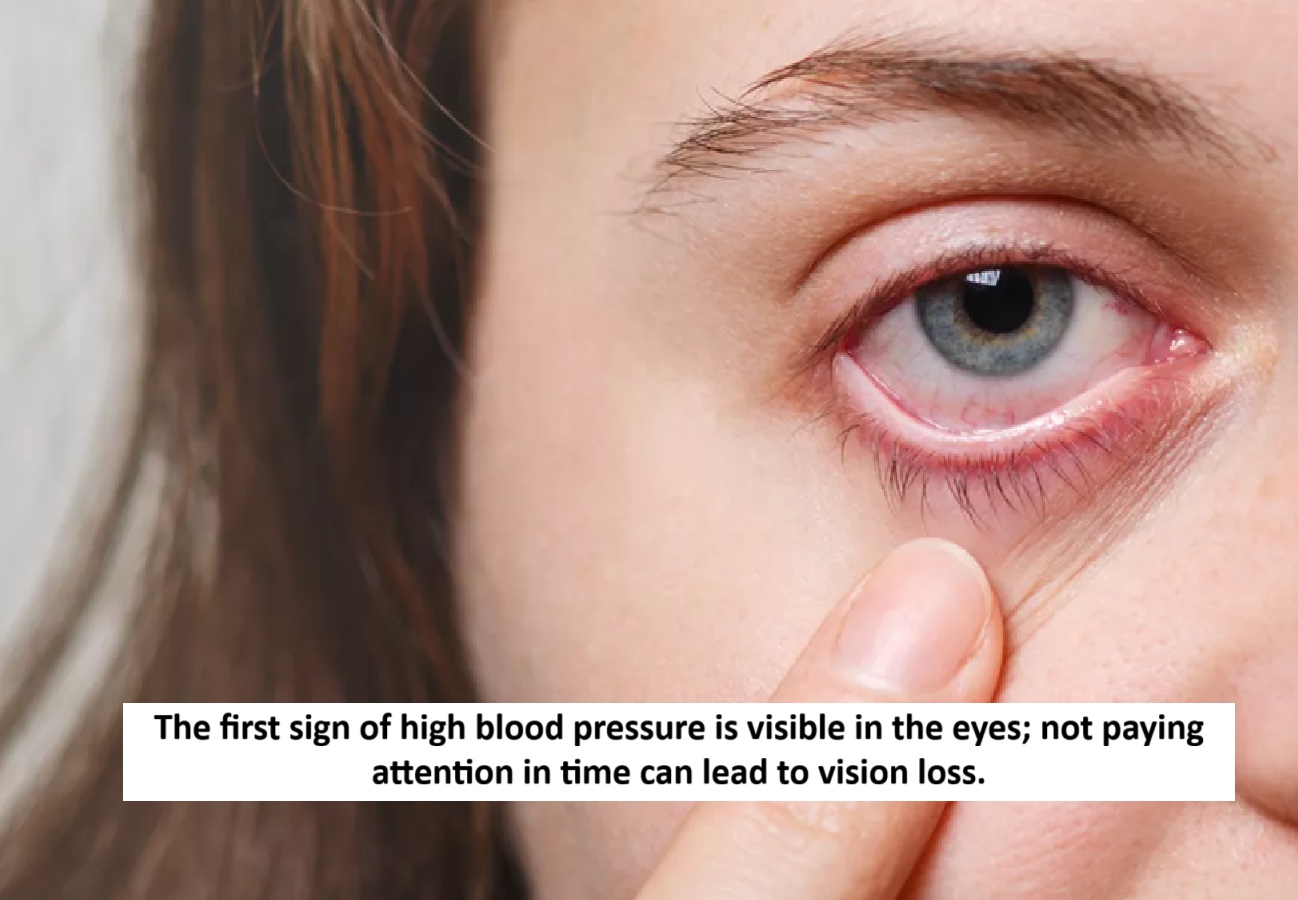
News Topical, Digital Desk : High blood pressure is often called a "silent killer" because its symptoms aren't obvious in the beginning. Surprisingly, one organ in our body is often the first to show signs of high blood pressure: our eyes.
Why are eyes so sensitive?
The main reason for this is the unique structure of the eye. The eye is the only organ in our body where we can directly see blood vessels without surgery. The tiny blood vessels in the retina are very sensitive and even minor fluctuations in blood pressure directly affect them. When blood pressure remains consistently high, these small vessels become stiff and narrow, which can affect vision.
What damage can high blood pressure cause to the eyes?
If the problem of high blood pressure persists for a long time, it causes serious damage to the retina, which is called 'hypertensive retinopathy' in medical language.
- Hardening of arteries – First of all, the arteries of the retina start becoming hard and thick.
- Silver wiring – Over time, the lining of these hardened arteries can take on a shiny, silvery appearance, known as 'silver wiring'.
- Arteriovenous nicking - Hardened and thickened arteries can press on veins where they cross. This restricts blood flow in the veins. This condition is called AV nicking. When hypertension becomes severe or persists for a long time, it can pose a serious threat to vision.
- Retinal vein occlusion— When thickened arteries put so much pressure on the veins that blood flow is completely blocked. If a retinal vein becomes blocked, it's called branch retinal vein occlusion (BRVO). This can cause hemorrhage and swelling in the affected area, which can lead to sudden blurred vision or vision loss.
- Retinal artery occlusion - Sometimes the main artery of the retina becomes blocked, a condition called central retinal artery occlusion (CRAO). This is a medical emergency that can cause sudden and almost complete loss of vision.
- Malignant hypertension – This condition occurs when blood pressure rises too high (e.g., beyond 200 mmHg). It causes severe swelling of the retina, swelling of the optic nerve, and the appearance of "cotton wool spots."
- Swelling and fluid leakage – High blood pressure damages the delicate blood vessels in the retina, causing them to leak fluid and blood. This leads to retinal swelling.
These visible signs in the eyes serve as a warning sign. They indicate that high blood pressure isn't just about heart disease or kidney problems, but it's also putting your eyes at risk.
--Advertisement--

 Share
Share



